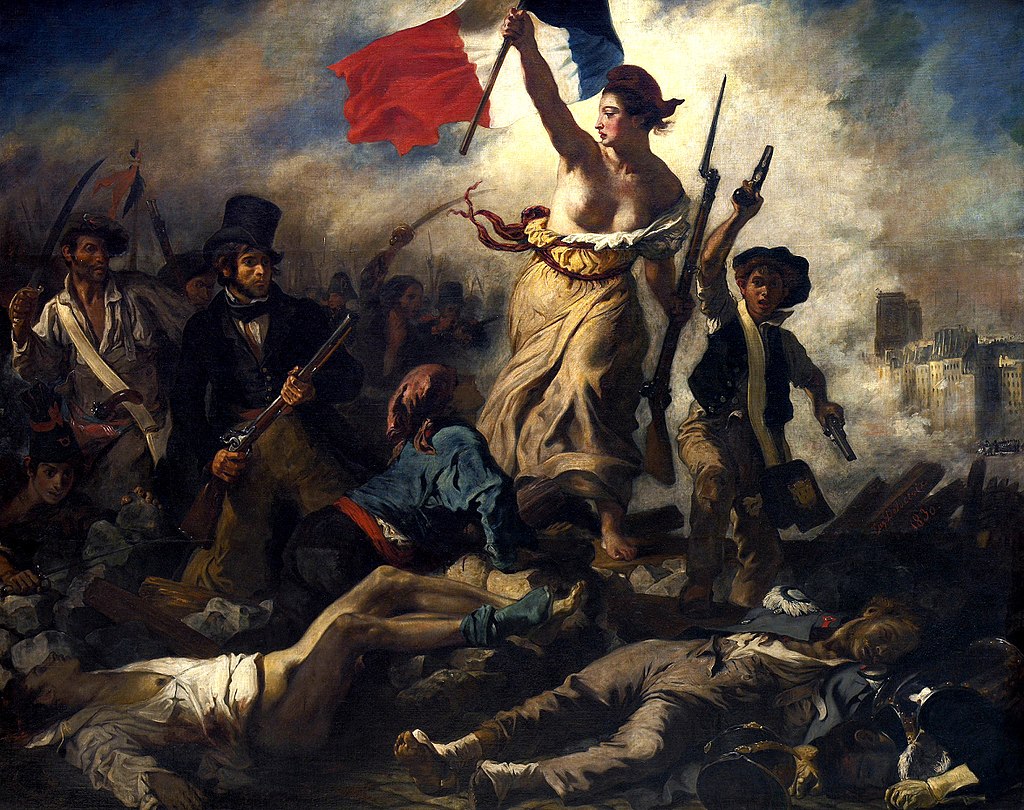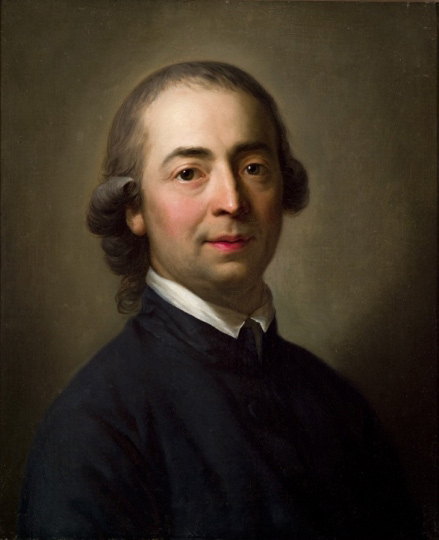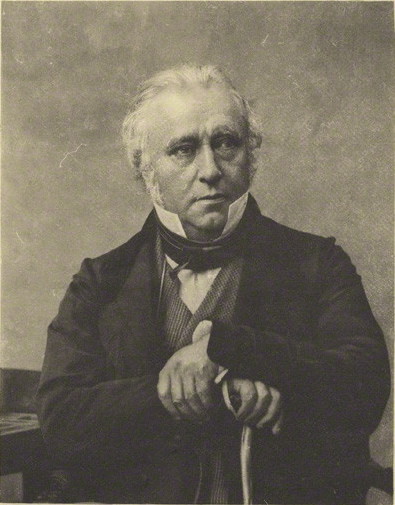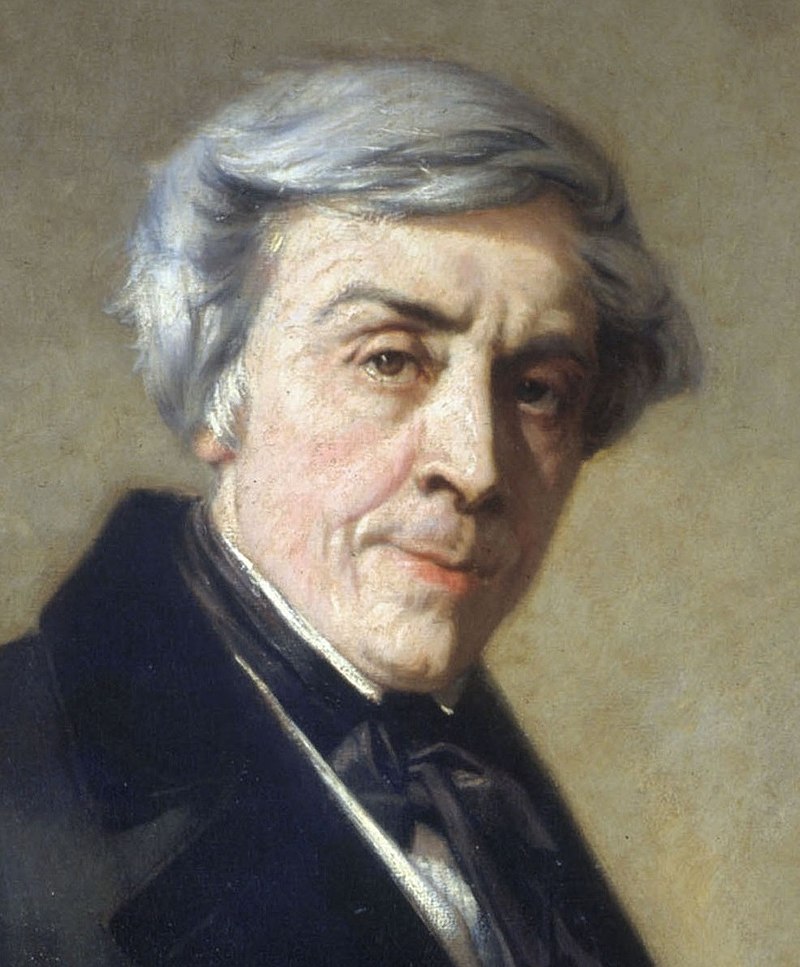Romanticism
A Brief Introduction to Romantic History
By JACKIE TRUITT
What Is Romanticism?

Romanticism is a broad term. If you were to ask multiple people to define it, they would likely provide you with all different answers. In the early 1940s, American historian and philosopher Arthur O. Lovejoy stated that “the trouble with them [ideas of romanticism] is not that they lack meaning, but that they have too many meanings, so that, when they are used without qualification or explanation, it is impossible to know what the user is talking about” (Lovejoy, 257). While this can make the study of romanticism and romantic historiography difficult, it also provides insight into the wide variety of intellectual and artistic thought which prevailed during the late 18th to mid-19th centuries.
Stylistically and intellectually, romantic attitudes characterize works of art, literature, music, and history, and these attitudes emerged and came to prevalence as a push back against the rigidity and overt rationality of enlightenment ideals. Within these romantic practices, universal human nature was disregarded, and while the foundational components of the scientific revolution and critical analysis remained, concepts of artistic narrative, beauty, emotions, imagination, and actions of the individual and “the other” (typically marginalized peoples), came to the forefront.
What Is Romantic History?
During the Age of Enlightenment, history was primarily studied with the intention of progressing humanity, and thinkers imposed their modern ideals on the peoples, cultures, and events of the past. In doing so, they only allowed themselves to view one side of history, while leaving out nuances of significant importance. Romantics, on the other hand, moved away from this point of view, and instead “showed a greater recognition of how different the past was from the present and a greater interest in understanding that differentness for its own sake” (Cheng, 65). In this way, romantics brought to light information, and at least attempted to learn history by making inferences about what sorts of things were important to the people of the past, rather than those in the present.
Romantic historians perceived history as an art form, applying aesthetic principles relating to beauty and the natural world in their works. Romantic historians were heavily influenced by novel writers, and although their writing styles were similar, historians were more recognized as being legitimate and traditional professionals (Orr, 3 ). Literature professor Lionel Gossman states, that romantic history writing was “designed to make the reader feel that there was no barrier between him and the object, that what he beheld in his mind’s eye was not a conventional representation, but the object resurrected” (27 ). By utilizing components of literature, historians could not only market their works to a wider audience, but also move away from the linear anthologies of the past that were focused only on relaying hard facts and absolute truths. “Like poetry, moreover, romantic history was afflicted by structure and the question how best to arrange the writing to make its point tell” (Bentley, 27). Despite this viewpoint and primacy on the visual and structural components of history, romantics did not completely disregard a commitment to the analysis of objective historical sources. By embracing both methods of historical study, it was the romantic historian’s responsibility to use their art as a lamp, in which to illuminate the truth.
“Its truth would be poetic and not merely expository. Its method would embrace intuition as much as analysis; its explanations would turn on the particularities of persons, the unrepeatability of events.” (Bentley, 26)
Nationalism and Romantic History
The shift from Enlightenment ideals to Romantic ideals was not coincidental. Throughout Europe during the late 18th and early 19th centuries, social and political uprisings, such as the French Revolution, and the ratification of the English Reform Act of 1832 (Baár, 3), caused a collective questioning of ideals. The concept of a united history no longer had to be rooted in the monarchy or landed gentry, and history writers shifted from focusing on members of the nobility and upper classes, as well as their political interests, to utilizing the lives of the everyman and individual to incorporate and fuel the idea of national pride on a more inclusive level. The people had shown that they could inflict serious change, and it was time for them to be included in the conversation.
“The concept of nationhood in early modern Europe was associated less with common ethnic bonds than with certain feudal privileges, which only a small segment of the population, usually the nobility and clergy, enjoyed. Liberal historians redefined the privileges of political representation and property ownership as rights that should be bestowed upon a much wider sphere of the population.” (Baár, 2)
In “What is Romanticism and Where Did it Come From?” author and professor Azade Seyhan argues that romantic nationalism is a direct response to the chaos and change of the time period (5). Following the rationality and order so prevalent in the Enlightenment period, and the political and social turbulence that surrounded the revolutions, romanticism was viewed as having erupted from the peoples merged anxieties regarding the crises (6). With a more concrete sense of political and social unity in place in terms of both physical and loyalist boundaries, nationalistic histories could now be written from the romantic perspective, incorporating these new representative ideals.
Historians of the Romantic Age
Historians living during the so-called Romantic Age ( 1770-1850) showcased varying degrees of the typical romantic beliefs, outlined above, and utilized those ideals in their written works. Romanticism is said to have its philosophical beginnings in Germany, but quickly spread across Europe and even across the Atlantic to the United States. This section highlights three European historians of the time, German Johann Gottfried Herder, British Thomas Babington Macaulay, and French Jules Michelet.
Johann Gottfried von Herder

German philosopher Johann Gottfried von Herder (1744-1803) is often referred to as the “Father of Romanticism”. Despite being a devout theologian and student of Immanuel Kant, who championed universality, Herder began to question the rationalist ideals of the Enlightenment in which he lived. Liisa Steinby, author of “The Rehabilitation of Myth: Enlightenment and Romanticism in Johann Gottfried von Herder’s Vom Geist der Ebräischen Poesie,” explains that von Herder’s intellectual viewpoints of the world, in tandem with his writings, were significantly more focused on cultural and anthropological issues rather than those of wars and politics. Von Herder became interested in literature, and specifically how linguistics impacts the evolution of knowledge, and in 1772 he published Abhandlung über den Ursprung der Sprache (Treatise on the Origin of Language). “Our whole life is in a sense a poetics: we do not see, but create pictures for ourselves” (von Herder; Steinby, 59). Steinby reminds us that although he lived in the Age of Enlightenment, von Herder was an empiricist and believed that only through language, poetry, and by creating fiction could we fully reach reason.
Von Herder was also a member of a transitional period between the Enlightenment and Romantic Ages called the “Counter-Enlightenment”. In Germany, this was championed by the Sturm und Drang (storm and stress) movement. “…it was also ‘internal critique’: it challenged the ways in which Enlightenment - not only in France but also and perhaps especially in Germany - was falling short of, or even betraying its own ideals and aspirations, especially from the social vantage of young men of talent” (Zammito et.al.,669). This movement was primarily rooted in literature and music rather than history, but the foundational romantic ideals such as individuality, expressions of emotion (in the case of Sturm and Drang it was rather extreme emotion), and subjectivity rather than objectivity, such as what appears in history later, are set in motion. The Sturm and Drang movement was also an early indicator of history’s romantic ties to nationalism. Early German literary and musical philosophies were very much based in the French fashion, and by creating their own version of Enlightenment critique with Sturm and Drang, von Herder and his colleagues were able to step away from under the French intellectuals’ wing (Zammito et.al., 669).
Thomas Babington Macaulay

Thomas Babington Macaulay (1800-1859) was born into aristocracy. His father Zachary was the governor of Sierra Leone, and because of this Macaulay ran in the highest circles of British society and was allowed the freedom of exploring both his personal and professional life as he see fit. He was a parliamentary member and governmental cabinet minister and had a great interest in British History (Bentley, 30).
Macaulay was a proponent for ensuring that works of history were written in a way in which ensures that readers ‘reclaim their imagination,’ and he strongly believed that a historian should not influence the narrative so much as to impose falsehoods or subjective information. He claimed that historians “relates no fact, he attributes no expression to his characters, which is not authenticated by sufficient testimony,” but instead “by judicious selection, rejection, and arrangement, he gives to truth those attractions which have been usurped by fiction.” For Macaulay, it was imperative that both imaginative and evocative narrative are combined with reason to produce successful historical analysis and works (Wohlgemut, 2).
Macaulay’s most influential and widely acknowledged work that is an example of his historiographical views is his gargantuan five volume The History of England from the Accession of James II and spans from the time of Roman Britain up to the reign of William III. While his intention was to cover a period of approximately 1700 years, he was roughly 150 years shy of his goal when he died. This championship of national pride, however, often got romantic historians in trouble, argues Monika Baár, and Macaulay was not the only person to have bitten off more than he could chew (20). Despite this, though, Michael Bentley notes that History and Macaulay’s other works were written in a way that could rival the epic novel, reaching and impacting readers at incredible rates (31).
Jules Michelet

Unlike Thomas Macaulay, Jules Michelet (1798-1874) prided himself on being a commoner. His father was a printer, and Michelet grew up in Paris surrounded by the written (or printed) word. Eventually, he ascended the ranks, becoming a professor and historian at the prestigious Collége de France, as well as an important figure in political and social historiography (Mitzman, 667). Michelet’s historical ideas came into their own during this period.
“To put the change in Michelet’s ideas in its simplest terms, from a basic belief in the linear progress of freedom through conflict with and liberation from the natural world, he came to accept a cyclical view of nature and spiritual existence built on the principle of harmony, in which the key human values were nurturance and sociability, summed up in the concept of fraternité”. (Mitzman, 668)
According to Arthur Mitzman, Michelet represents social romanticism, and was a staunch supporter of anti-clerical republicanism, which proposed church-free and nationalist French ideologies that were at the center of the romantic movement. He was deeply involved in the movements of his time, was a critic of Napoleon, supporter of the 1848 revolution, and wrote impactful romantic works such as Le Peuple (The People), on marginalized “others” such as women, nature, and the common people. Similar to Macaulay, Michelet’s most popular and extensive work, Historie de France spanned a whopping 19 volumes.
Conclusion
While there are fundamental components to Romanticism which are seen throughout the period and utilized by historians, writers, musicians, and artists alike, these romantic ideals are not mutually exclusive or shared by all within the period. The romantic period showcases a great range of interpretive elements that bought historical writing to the everyday person. Central to this is the use of evocative literary elements and imagination, which can be seen in Herder and Macaulay’s works. Nationalism and the shift away from fundamental Enlightenment thought proves to be a great unifier during this period as well, as can be witnessed through Herder, Macaulay, and Michelet, even though the themes and subjects of their writings are all very different. And so, despite there being many ways to answer the question “What is Romanticism?” these are some of the underlying principles that are representative of romantic historical writing.
Bibliography
- Baár, Monika. “Romantic Historiography in the Service of Nation‐Building,” in Historians and Nationalism: East-Central Europe in the Nineteenth Century. Oxford Historical Monographs, Oxford University Press, 2010.
- Bentley, Michael. “Romanticism,” in Modern Historiography: An Introduction. Routledge, 1999.
- Cheng, Eileen K. “Romantic and Critical History,” in Historiography: An Introductory Guide. Continuum, 2012.
- Gossman, Lionel. “History as Decipherment: Romantic Historiography and the Discovery of the Other.” New Literary History 18, vol. 1. Johns Hopkins University Press, 1986.
- Lovejoy, Arthur O. “The Meaning of Romanticism for the Historian of Ideas.” Journal of the History of Ideas 2, no. 3 (1941): 257–78. https://doi.org/10.2307/2707131.
- Mitzman, Arthur. “Michelet and Social Romanticism: Religion, Revolution, Nature.” Journal of the History of Ideas 57, no. 4 (1996): 659–82. https://doi.org/10.2307/3654087.
- Orr, Linda. “The Revenge of Literature: A History of History.” New Literary History 18, no. 1 (1986): 1–22. https://doi.org/10.2307/468653.
- Seyhan, Azade. “What is Romanticism and Where Did it Come From?” in The Cambridge Companion to German Romanticism. Cambridge University Press, 2009.
- Wohlgemut, Esther. “Southey, Macaulay and the Idea of a Picturesque History.” Romanticism on the Net, no. 32–33 (2003). https://doi.org/10.7202/009261ar.
- Zammito, John H., Karl Menges, and Ernest A. Menze. “Johann Gottfried Herder Revisited: The Revolution in Scholarship in the Last Quarter Century.” Journal of the History of Ideas 71, no. 4 (2010): 661–84.